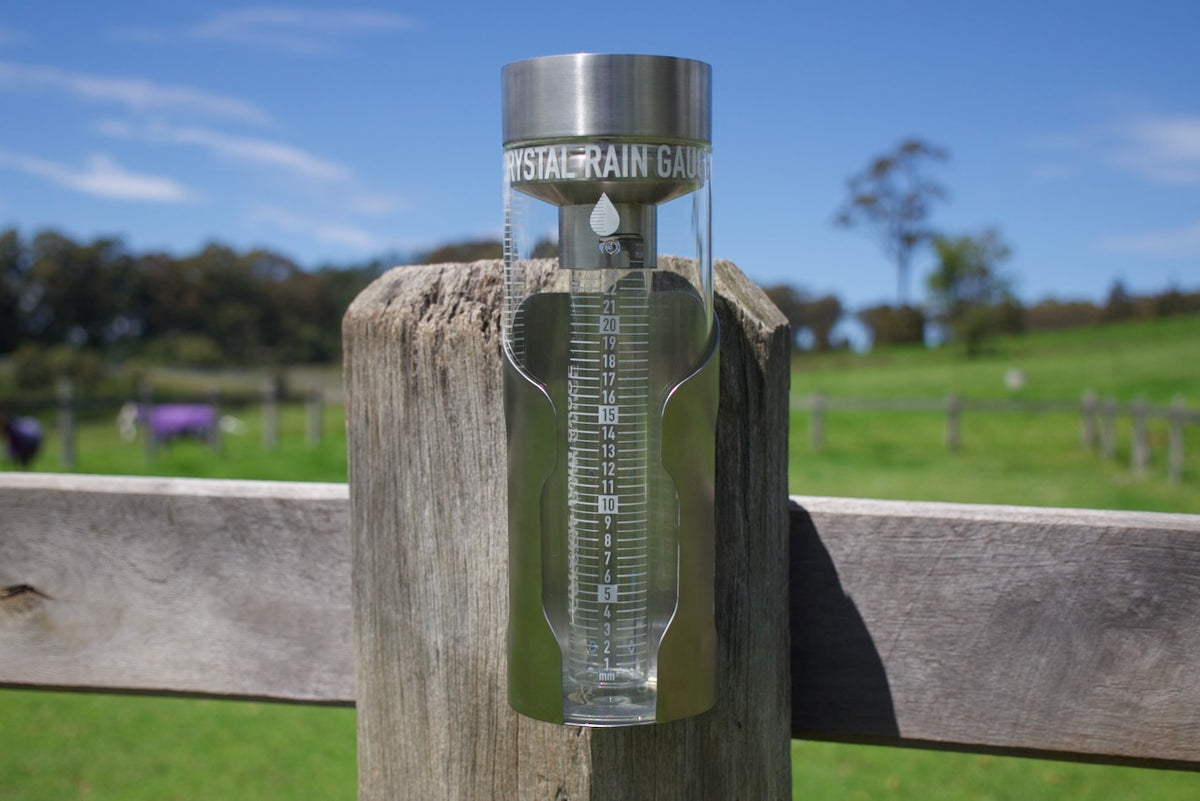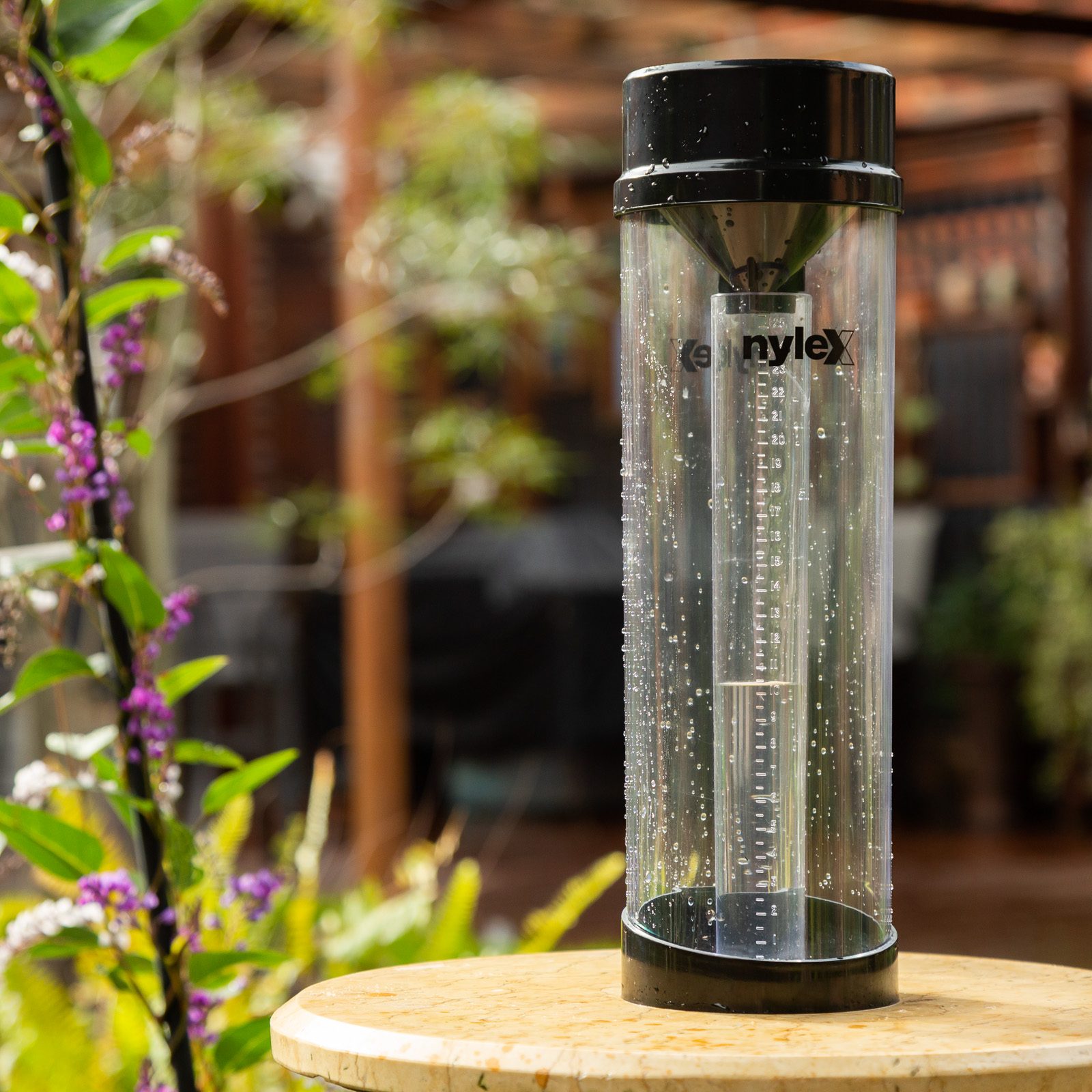The Benefits of Setting Up a Precision Rain Gauge for Your Weather Station
The Benefits of Setting Up a Precision Rain Gauge for Your Weather Station
Blog Article
Exploring the Evolution of Rain Assesses: From Typical to Smart Devices for Enhanced Precision in Rainfall Dimension
The measurement of rainfall has been a fundamental aspect of meteorology for centuries, shaping our understanding of weather patterns and climate trends - rain gauge. From the very early hand-operated rainfall gauges to the more recent introduction of smart devices, the development of rain measurement devices has actually been a trip noted by technology and accuracy. By mapping the improvements in rain gauge modern technology from traditional models to the cutting-edge smart tools these days, we can get useful insights into how these developments have changed the means we gather and examine rainfall information
Very Early Guidebook Rainfall Evaluates
During antiquity, rudimentary vessels were utilized to determine rainfall by hand, marking the early beginnings of rain assesses. These early rainfall evaluates were basic containers placed in open locations to gather rainwater. The accumulated water was after that manually measured using markings on the container to determine the quantity of rainfall that had actually happened within a specific duration.
Although these manual rainfall evaluates worked in offering a standard understanding of rainfall patterns, they were restricted in accuracy and precision. Variables such as splilling, wind, and evaporation might influence the measurements, causing potential mistakes in the videotaped data.

Despite their limitations, early hands-on rainfall determines played a vital duty in the growth of more sophisticated rain measurement devices. The idea of accumulating and measuring rainfall laid the foundation for the creation of advanced rain gauges that utilized scientific principles to offer even more exact and reputable information. This development eventually resulted in the advancement of modern-day rainfall determines with the ability of catching exact measurements in various ecological conditions.
Development of Mechanical Rainfall Gauges
The development from early hands-on rainfall evaluates to extra sophisticated mechanical rainfall measurement tools marked a considerable jump in the development of rainfall gauge modern technology. Mechanical rain assesses, also understood as tipping bucket rainfall gauges, operate on a straightforward yet effective concept.
Mechanical rain evaluates are generally made from sturdy materials like stainless-steel or plastic, ensuring durability and integrity even in severe climate conditions. With improvements in modern technology, modern mechanical rain determines can additionally be geared up with electronic sensing units to send real-time data wirelessly to data collection systems. This mix of mechanical effectiveness and digital connectivity has made mechanical rain assesses a preferred selection for meteorological stations, research study establishments, and farming applications where specific rainfall measurements are important for decision-making procedures.
Intro of Digital Rainfall Scales

Electronic rainfall assesses offer considerable advantages over conventional mechanical evaluates, consisting of higher accuracy, the ability to gauge smaller increments of rains, and reduced upkeep requirements. By leveraging electronic parts like tipping containers or acoustic sensing units, these devices can give thorough info on rains intensity, check my reference period, and circulation patterns with improved integrity.
Furthermore, the assimilation of electronic rain determines into climate monitoring networks allows the collection of huge quantities of data for analysis and forecasting objectives. This data can be used to enhance anticipating models, improve very early caution systems for extreme weather events, and support climate research study campaigns. Overall, the introduction of digital rainfall determines represents a critical innovation in the area of meteorology, promoting a lot more specific and comprehensive rains dimension capacities.
Change to Wireless Rainfall Determines
Advancing beyond traditional methods, meteorological instrumentation has gradually moved in the direction of cordless rainfall gauges for boosted data collection and transmission. These cutting-edge devices utilize wireless technology to transmit real-time rainfall data to central systems, offering meteorologists and researchers instant accessibility to precise and reputable information. The transition to cordless rain evaluates eliminates the need for hand-operated information collection, minimizing human mistake and enhancing performance in keeping track of precipitation patterns.
Wireless rain determines are geared up with sensing units that can identify even the slightest quantity of rainfall, offering precise measurements for better analysis and forecasting. The seamless assimilation of these assesses into existing weather tracking networks enables extensive information collection throughout numerous geographical places, enabling an extra complete understanding of rainfall circulation and intensity.
Additionally, the wireless capability of these why not try these out rainfall evaluates makes it possible for remote surveillance in hard-to-reach or hazardous areas, expanding the range of rains measurement in tough atmospheres. With their capability to simplify information transmission and improve precision, wireless rain determines represent a substantial improvement in atmospheric technology, improving the accuracy and important link reliability of rains measurement for scientific study and operational forecasting.
The Age of Smart Rainfall Evaluates
Becoming a critical development in meteorological instrumentation, smart rainfall determines integrate advanced modern technology for enhanced data collection and analysis. These ingenious devices are geared up with sensing units that can gauge not just the amount of rains yet additionally additional parameters such as intensity, duration, and even drop size distribution. By leveraging wireless connectivity, clever rainfall gauges can transmit real-time data to meteorological stations, supplying instantaneous accessibility to accurate rainfall measurements.
One of the essential functions of clever rainfall evaluates is their capacity to autonomously adjust for environmental aspects that may impact the accuracy of conventional rain determines, such as wind disturbance or evaporation. This self-correction system makes certain that the information gathered is a lot more regular and reliable, resulting in boosted projecting designs and better-informed decision-making in different markets like farming, water source administration, and metropolitan planning. Moreover, the integration of expert system and artificial intelligence algorithms in smart rainfall evaluates enables sophisticated data evaluation, pattern acknowledgment, and forecasting capabilities, better improving their energy in modern weather forecasting.
Verdict

From the very early hands-on rainfall evaluates to the much more recent introduction of smart tools, the advancement of rainfall measurement tools has been a journey noted by technology and accuracy.The development from early hand-operated rainfall evaluates to much more advanced mechanical rain measurement devices noted a substantial jump in the development of rain scale technology. Mechanical rain gauges, likewise known as tipping bucket rain determines, operate on an easy yet effective concept.One of the key attributes of clever rain gauges is their capability to autonomously change for ecological variables that might affect the precision of standard rain gauges, such as wind disturbance or evaporation.In verdict, the development of rain determines has progressed from very early manual gadgets to mechanical and electronic designs, eventually leading to the advancement of cordless and wise rainfall assesses.
Report this page